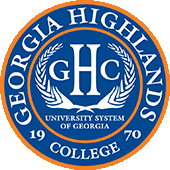(Click to transport to the GHC homepage)
FACULTY DEDICATION
Without the help of our dedicated faculty and staff, we wouldn't be able to research the way we do. The amount of knowledge between the professors who are volunteering their time to the research project is astounding. There are four professors actively helping with the research project with over sixty years of experience collectively in fields including biology, chemistry and microbiology. This page is for them!
ERIN SHUFRO
Professor Shufro is the Division Chair of Physical Sciences at GHC. She earned her associate degree in 2007 at Monroe Community College in Monroe County, New York. She continued her college career to earn her bachelor's degree in chemistry in 2008 at Northeastern University in Boston, Massachusetts. Before joining GHC in 2016, Professor Shufro was an academic coordinator at Wentworth Institute of Technology. Thank you, Professor Shufro for all the hours you dedicate to our cause. You can reach her at eshufro@highlands.edu.
STAFF DEDICATION
SAMANTHA LEWIS
Samantha Lewis is currently a student at GHC working on her bachelor's in Health Science. She hopes to continue onto a graduate program where she will major in food science, namely food biology and food chemistry. Samantha completed her internship at GHC within the Lake Allatoona Research project. She works as a student lab assistant and manager of the undergraduate research program. She is currently a part of the GHC honor's program and is working on her fourth and fifth honors projects. She is an excellent resource, so ask her ALL the questions!!!!! You can reach her at slewis@highlands.edu.



